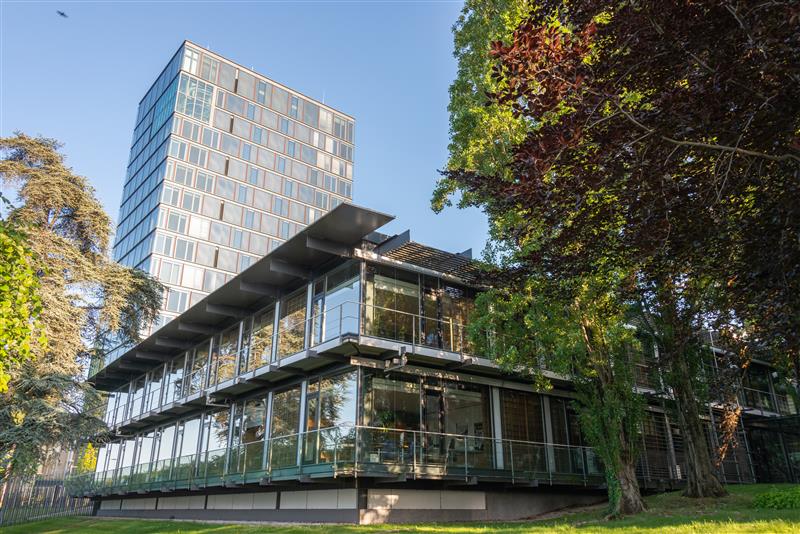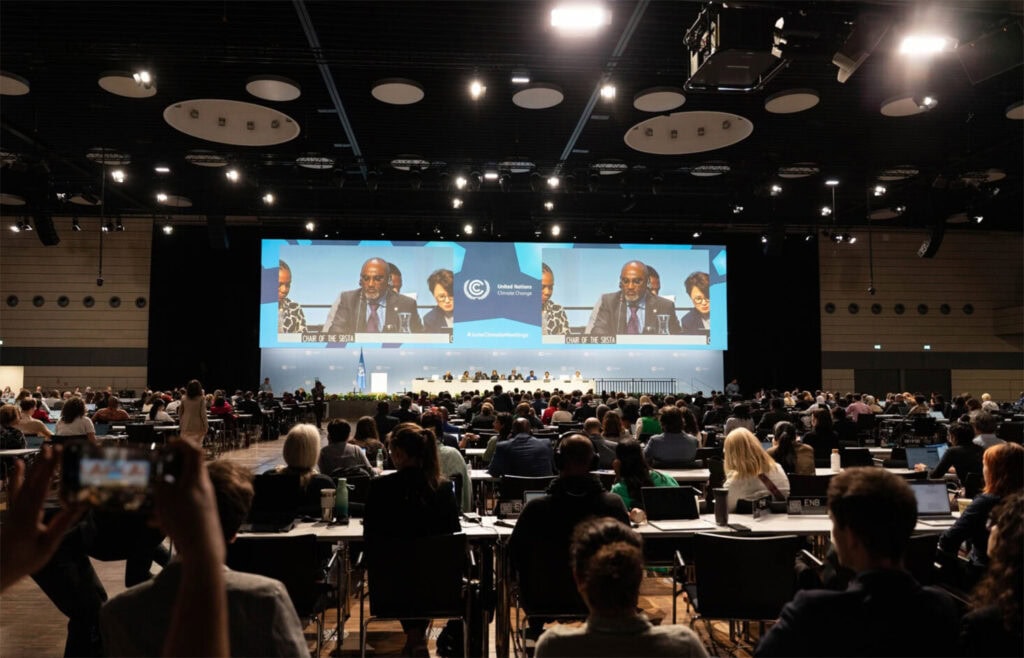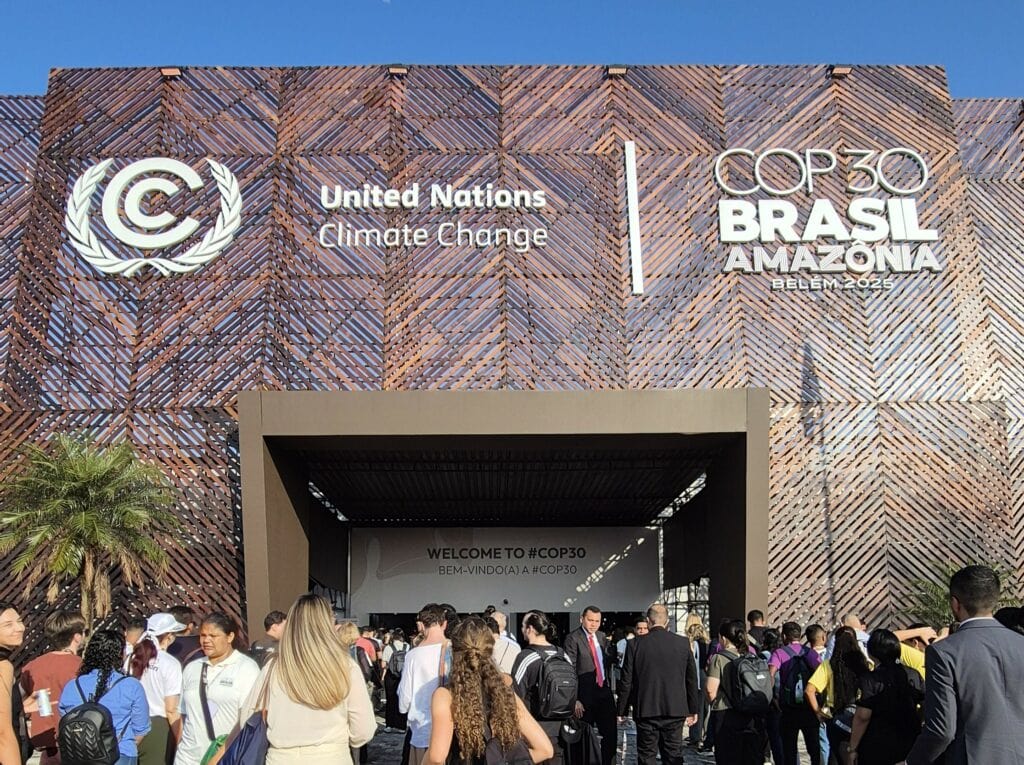The SB62 climate negotiations in Bonn have concluded — time to take stock. What progress has been made on adaptation, and what lies ahead on the road to COP30 in Belém?
Climate adaptation is a key pillar in tackling the growing impacts of climate change, and the BMZ delegation led discussions on this topic. The focus: strengthening international cooperation to protect vulnerable communities and accelerate global adaptation efforts. This is where we stand now:
Global Goal on Adaptation
After tense negotiations, countries agreed on a clear timeline to operationalise the GGA by COP30. The current list of 490 indicators will be refined to a set of no more than 100, guided by criteria from previous SB/CMA sessions and new input from SB62. Furthermore. indicators for means of implementation are to be included in the refined list to measure (1) access, (2) quality and (3) adaptation finance.

Solutions for loss and damage
Progress continued in building the L&D landscape. The Santiago Network showcased its operational progress during a dedicated side event featuring key voices including Mathilda Laurans, Deputy Executive Secretary of the Fund for responding to Loss and Damage (FRLD), and Tessa Kelly, Co-Chair of the Warsaw International Mechanism Executive Committee (WIM ExCom). Designed to deliver technical assistance to climate vulnerable countries, the Santiago network already has 54 members – and counting! Vanuatu is the first country that receives support in developing a long-term programme to address loss and damage.
Next Steps: National Adaptation Plans
The Global Stocktake deadline calls for all countries to have their National Adaptation Plans (NAPs) ready by the end of 2025. A major step towards this goal will be the NAP Expo 2025 in Lusaka, Zambia, in August – bringing together NAP stakeholders to raise adaptation ambition, facilitate exchange between country teams and support providers and share best practices and accelerate NAP implementation.
The path to COP30 is set — but urgent, coordinated action is still needed. Let’s keep pushing for adaptation that truly delivers for those most at risk. 2025 marks 10 years since the Paris Agreement — a key moment to scale up adaptation ambition globally.




